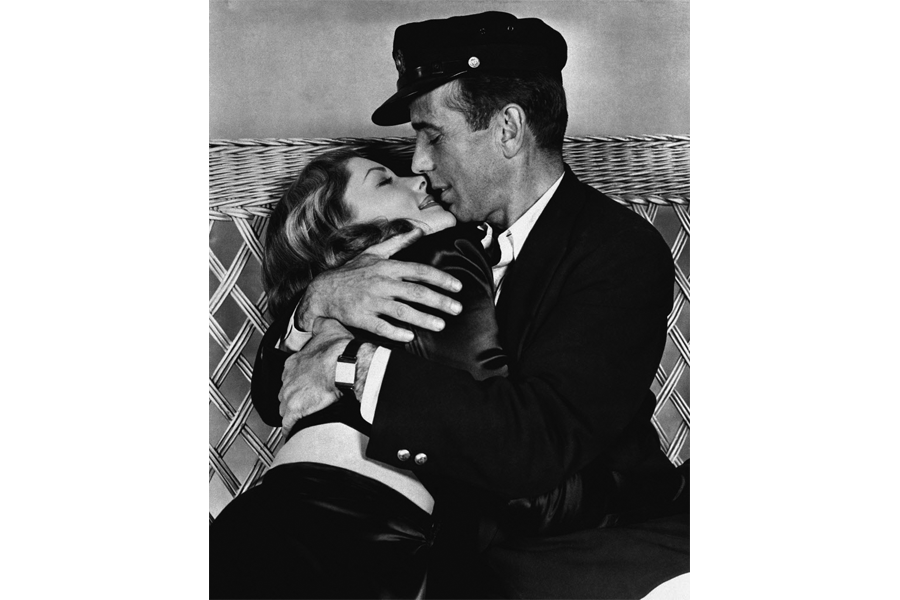Lauren Bacall: A look back at her legendary first film 'To Have and Have Not'
Loading...
It’s hard to find an actor or actress’s debut movie that tops Lauren Bacall’s. Her 1944 movie “To Have and Have Not” had an impressive literary pedigree (it was based on a book by Ernest Hemingway and adapted by William Faulkner), got her noticed by critics, and costarred her future husband Humphrey Bogart.
Bacall, who died Aug. 12, would go on to star in other movies with Bogart such as “Key Largo” and “The Big Sleep” and would earn an honorary Oscar as well as two Tony Awards for Best Actress in a Musical, among other work. But she was new on the scene when she was filming “Have,” which was released in 1944. The movie is based on the book of the same title by Hemingway, though the stories are often different, and follows a boat captain, Harry Morgan (Bogart), who is living in Fort-de-France in Martinique as the island is presided over by the Vichy regime. He works to help members of the French resistance as he gets to know Marie, otherwise known as “Slim” (Bacall), an American who has recently come to the area.
The movie was directed by Howard Hawks, who is also behind such classic films as the original 1932 version of “Scarface,” the 1938 movie “Bringing Up Baby,” the 1940 film “His Girl Friday,” and the 1953 movie “Gentlemen Prefer Blondes,” among others.
According to Turner Classic Movies (TCM), Faulkner, who worked on the script, suggested changing the movie’s setting from Cuba, which is where Hemingway’s novel takes place, to Martinique after France fell to Germany. The US Office of the Coordinator of Inter-American Affairs had not wanted the film to take place in Cuba, thinking that doing so would offend the other country (Hemingway’s book has Harry, someone breaking the laws of Cuba by taking illegal goods between the country and Florida, as a good person).
Bacall was cast in the movie after Hawks’s wife Nancy Keith saw her on the cover of the magazine Harper’s Bazaar and mentioned her to the director. According to the Los Angeles Times, Bacall and Bogart first became involved romantically on the set of “Have” and the actress created her trademark “look” – gazing up at Bogart while her head was tipped down – because she was so nervous about acting with him at first that she was shaking and that helped hide it.
According to TCM, when the film debuted, The New York Times wrote that she was “slumberous of eye and softly reedy, she acts in the quiet way of catnip,” while Variety called her “an arresting personality.”
Before her death, the actress provided voice work for the English dub for the 2012 animated film “Ernest and Celestine” and guest-starred on a 2014 episode of the Fox animated sitcom “Family Guy.”








